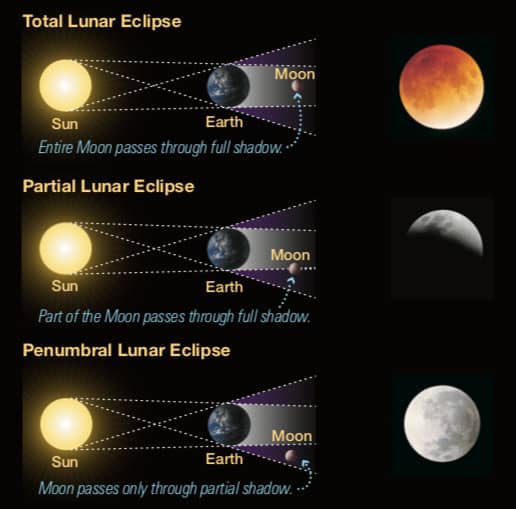
If you search “lunar eclipse live” on YouTube on the day of the event, you should be able to find plenty of streams.

However, many organisations will show live streams of the eclipse on social media and YouTube. Unfortunately, the total lunar eclipse will not be visible from the UK. It will look as if a bite is being taken out of the opposite side of the lunar disk as before 11.42am GMT – Totality ends – As the Moon exits Earth’s umbra, the red colour fades.If you want to take a photo, use a camera on a tripod with exposures of at least several seconds Try binoculars or a telescope for a better view. 10.17am GMT – Totality begins – The entire Moon is now in the Earth’s umbra.Durations are given for both partial and total (in bold) phases. The part of the Moon inside the umbra will appear very dark The table below lists every lunar eclipse from 2011 through 2020. To the naked eye, as the Moon moves into the umbra, it looks like a bite is being taken out of the lunar disk. 9.09am GMT – Partial eclipse begins – The Moon begins to enter Earth’s umbra and the partial eclipse begins. Space NASA caught the sun smiling down on us, but the grin could signal a solar storm The phenomenon causes the moon to appear red, often nicknamed a 'blood moon.' During a lunar eclipse, what.The Moon begins to dim, but the effect is quite subtle 8.02am GMT – Penumbral eclipse begins – The Moon enters the Earth’s penumbra, the outer part of the shadow.Take a holy bath before and after eclipse to cleanse the body and soul.Here’s how the timings break down, according to Nasa:.
#Total lunar eclipse time free

before the actual start of the Chandra Grahan. According to Drik Panchang, Lunar Eclipse Sutak is observed for 3 Prahars before the eclipse or Sutak is observed for 9 hours before Lunar Eclipse i.e. The Chandra Grahan sutak kaal will start at 09:21am in India and end at 06:18pm where the period preceding the eclipse is known as Sutak and is regarded as an inauspicious period by Hindus.
#Total lunar eclipse time full
when the Earth comes between the sun and the moon, blocking sun's rays from lighting up the moon while a partial lunar eclipse occurs when the Earth moves between the sun and the full moon but they are not precisely aligned since only a part of the moon's visible surface moves into the dark part of the Earth's shadow called the umbra, whereas the rest of the moon is covered by the outer part of the Earth's shadow called the penumbra. Total lunar eclipses occur when the moon is near a node at full moon i.e. Chandra Grahan 2022: Sutak kaal time, dos and don'ts during world's last total lunar eclipse until 2025 (AP Photo/Ted S. It will be visible to the naked eye wherever skies are clear across eastern Asia, Australia, the Pacific and North America where the degree of redness of the moon will depend on the varying levels of air pollution, dust storms, wildfire smoke and even volcanic ash in these areas. November 8, 2022, nighttime skywatchers from East Asia to North America are in for a treat as they will get to witness the rare spectacle of a "Beaver blood moon" Chandra Grahan, the second blood moon this year while the next total lunar eclipse is not expected until March 14, 2025. According to NASA, total lunar eclipses occur about once every year and a half on average but the interval varies and this Tuesday i.e.


 0 kommentar(er)
0 kommentar(er)
